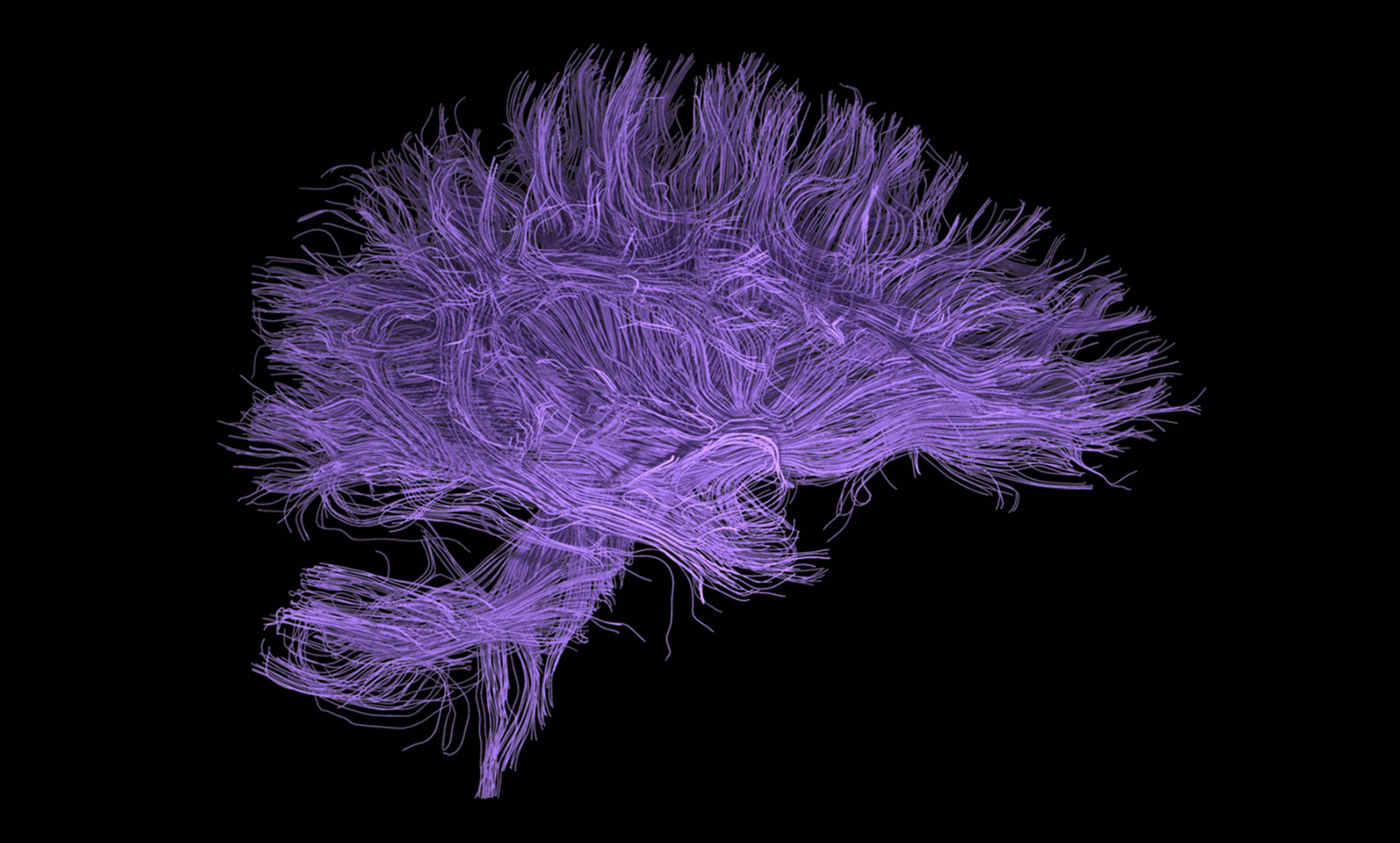Day Donaldson/Flickr
People like simplicity. Each decade, corporate logos grow progressively minimalistic, pop songs use ever simpler melodies, and visual arts embrace simpler compositions as Monet gives way to Picasso, and Picasso to Rothko. This zeitgeist, summarised in the phrase ‘simplicity is the ultimate sophistication’, shapes our perceptions of the human body in interesting ways. The thumping of a beating heart is often celebrated as nature’s beautifully simple rhythm. And yet, a heartbeat that is too simple and too rhythmic might be a warning sign of congestive heart failure.
Perhaps the heart is an anomaly, you say. But moving from cardiology to neurology, epileptic seizures manifest in the brain as highly organised electrical activity in contrast to the chaotic electrical patterns of a flourishing brain. Continuing to psychiatry, new research shows that individuals with autism have highly regular speech patterns as compared with healthy controls.
Life is complex, but why is complexity healthy – and why does orderliness suggest pathology in the brain?
A concept called self-organised criticality (SOC), first described in 1987 by the physicists Per Bak, Chao Tang and Kurt Wiesenfeld of the Brookhaven National Laboratory in New York, helps to explain. To understand SOC, imagine a sandpile at the beach. If we add sand to the sandpile until the slope is too steep to support more sand, avalanches erupt, ranging in size from a few grains to a large portion of the pile. These avalanches result from a slow process (adding sand) that builds energy, and a fast process (the force of gravity overcoming the force of friction) that dissipates energy. The instability of the sandpile is a complex state that is formally known as criticality. As with complex brain activity, avalanches exist at all spatial and temporal scales and cannot be understood merely by studying constituent parts of the system.
Like the sandpile, the brain is poised at the edge of criticality. But while sandpile avalanches do not process information in any meaningful way, neural avalanches – cascades of complex brain activity described by researchers at the US National Institute of Mental Health in 2003 – might be vital for a brain that transitions rapidly between many cognitive states and motor programmes. In other words, in a living system such as the brain, SOC is not disorder but, rather, a mechanism for carrying out rapid computations, not unlike the self-organising behaviour of financial markets rapidly ‘determining’ prices, or electorates rapidly transitioning between political majorities. For the brain, a loss of criticality – and, thus, of complex behaviour – is pathological.
It is unsurprising, then, that complex behaviour observed in electrical brain activity might serve as a useful biomarker of disease risk or prognosis. This doesn’t mean that having a crazy, erratic brain signal is healthy! A useful definition of complexity is a balance between opposing tendencies such as order and disorder, or stability and instability. Using mathematical tools that quantify complexity, researchers at leading institutions across the globe have already identified potential biomarkers of psychiatric disorders, including autism and schizophrenia, in EEG signals recorded non-invasively from the scalp. In one particularly promising study, William Bosl and other colleagues at Boston Children’s Hospital and Boston University used EEG complexity to classify infants according to their risk of developing autism.
While SOC is a very abstract mechanism for explaining complex behaviour, a more concrete explanation for neural complexity might be found in the physical architecture of brain networks. Imagine anatomical brain regions as Facebook friends connected by anatomical fibres. As in social networks, 20 per cent of the regions (or Facebook profiles) account for 80 per cent of the connections. Like social networks, brain regions form densely interconnected ‘cliques’, mini-networks embedded within the larger network. These cliques are often part of still larger cliques, a condition known as modularity. On Facebook, your closest friends might be part of a larger, looser collection of friends, who in turn are part of an even larger community, such as a town or university. In both social networks and brains, it is the complex interactions between parts that give rise to phenomena at all scales. Both brains and social networks are somewhat analogous to an ant colony: organised activity occurs across spatial scales, and you cannot study just one ant to grasp the colony as a whole.
In fact, across all scales of brain organisation and activity, scale-free distribution abounds. Recordings of electrical activity from the scalp and cortex fluctuate such that no average frequency exists. Scale-free distribution has been shown in measurements of neural spiking, opening and closing of ion channels, and neurotransmitter release at the synapse.
While it is unclear exactly which mechanisms give way to neural complexity and healthy behaviour, keeping track of complexity is important to understanding and identifying brain disorders such as epilepsy, autism and schizophrenia. Measuring the complexity of brain activity could soon allow doctors to predict which infants will develop autism and how schizophrenia patients will respond to medication. As the physicist Emerson Pugh said: ‘If our brains were simple enough for us to understand them, we’d be so simple that we couldn’t.’






